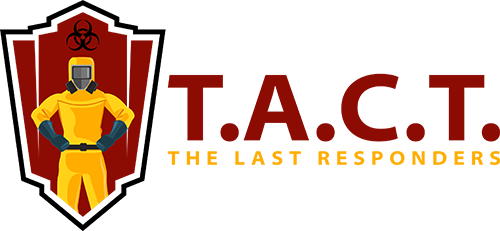Your Guide to Effective Restoration and Recovery

Fire Damaged Homes: Your Guide to Effective Restoration and Recovery
If your home is fire damaged, taking the right steps quickly is crucial. This guide explains how to assess the damage, secure your property, and start recovery. You’ll learn about hiring professionals, documenting damage, and cleaning your home.
Key Takeaways
Assess the extent of fire damage through professional inspections and thorough documentation to facilitate effective restoration and insurance claims.
Take immediate steps post-fire, including securing the property and removing standing water to prevent further damage and aid recovery.
Implement fire safety upgrades and conduct regular maintenance to protect against future fires and enhance the overall safety of the home.
Assessing the Extent of Fire Damage
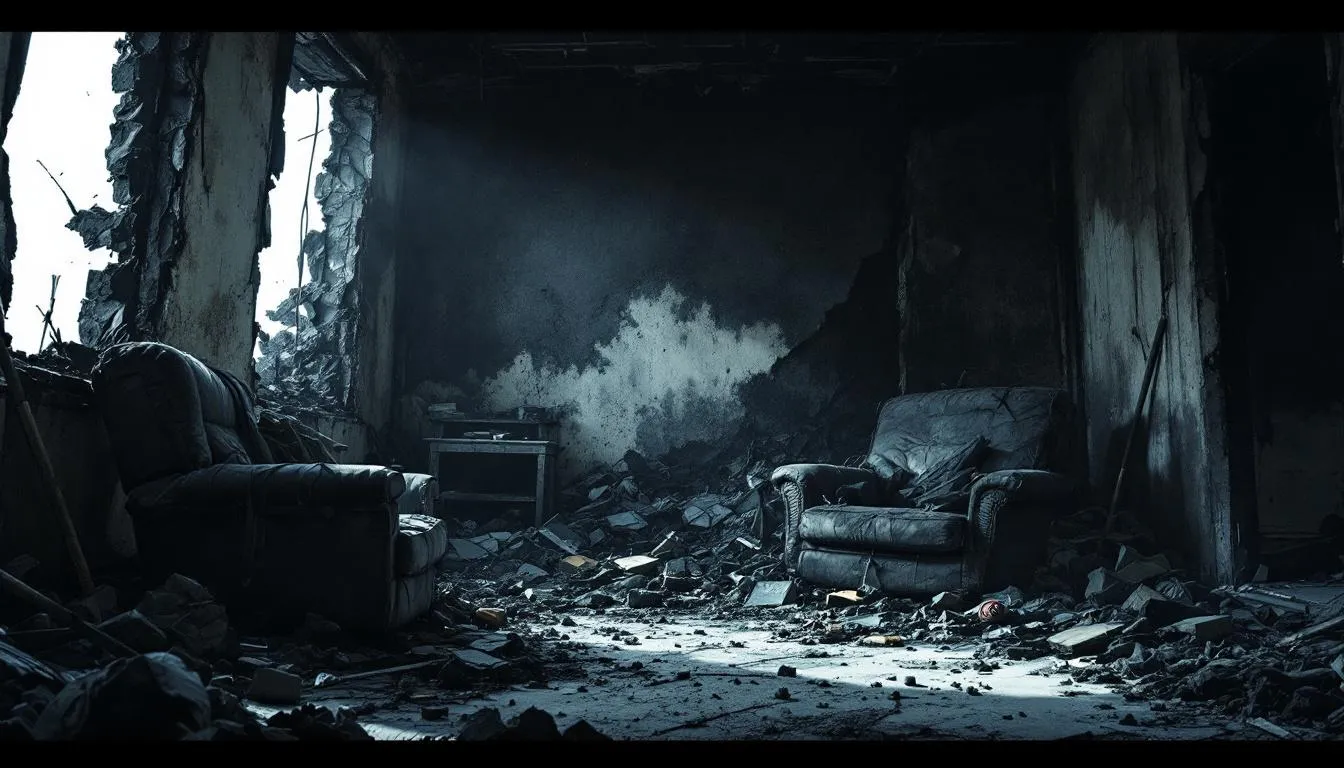
After the flames have been extinguished, the first step in the recovery process is to assess the extent of fire damage. Fire damage can affect various components of your home differently, including structural elements, smoke, and soot. The severity of the damage will significantly impact the necessary repair strategy.
A thorough evaluation should include both structural integrity and potential health hazards. This assessment often involves inspecting and repairing the foundation, walls, and roof to ensure the home remains safe and stable.
Hiring Professional Inspectors
Engaging qualified professionals to inspect your fire-damaged home can uncover hidden damage that may not be immediately visible. Professional inspectors can identify issues beyond what a homeowner might see, ensuring that all potential problems are addressed before they lead to further damage.
Their expertise and specialized equipment can provide a detailed and accurate assessment, which is crucial for a successful restoration process.
Documenting Damage for Insurance Claims
Accurate and comprehensive documentation of fire damage is essential for a successful insurance claim. Taking clear photos and thorough notes of damaged areas helps support your claim. Additionally, maintaining a detailed inventory of fire-damaged items, including their estimated value, is crucial.
This documentation will not only help you with your insurance company but also facilitate the overall restoration process. Thorough documentation strengthens your position when negotiating with the insurance adjuster, ensuring you receive fair compensation for your losses.
Immediate Steps After a House Fire
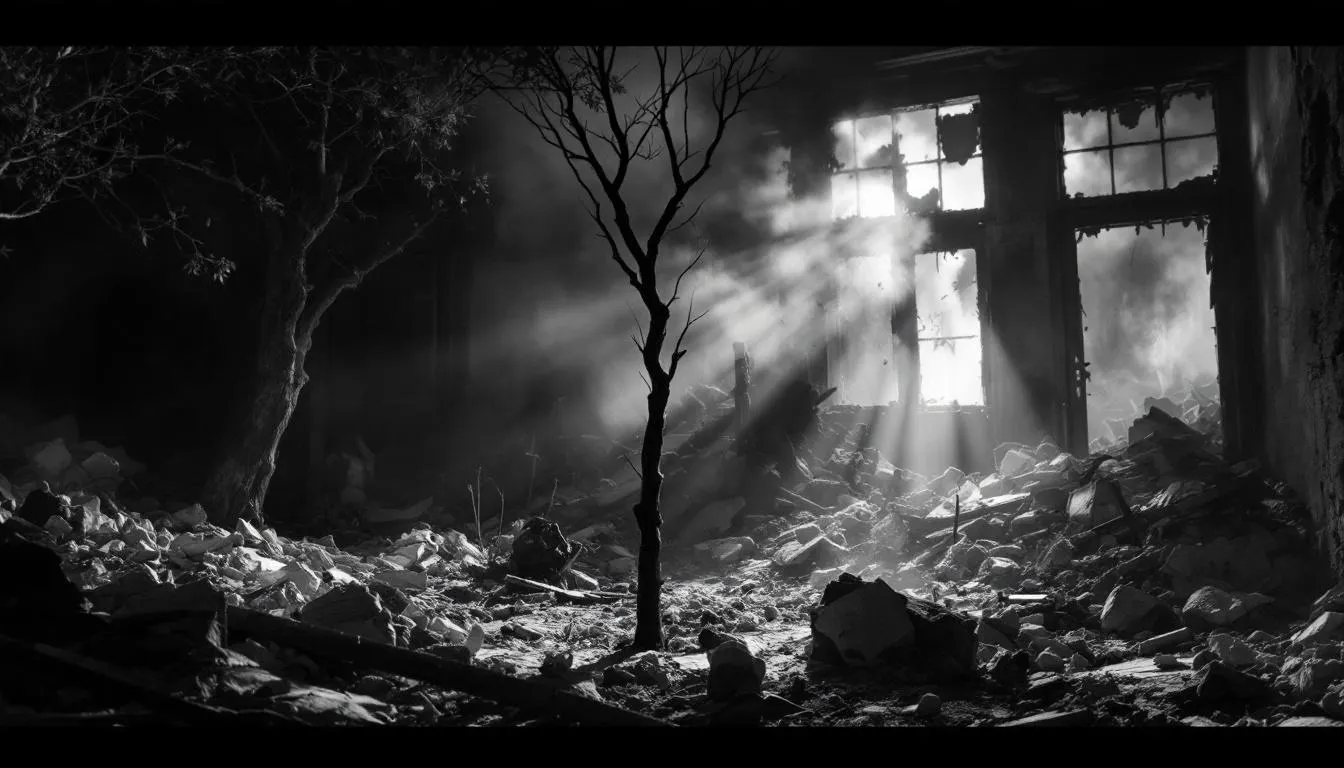
In the immediate aftermath of a house fire, quick and strategic action is crucial to prevent further damage and start the recovery process. Delaying restoration can result in more extensive damage. This, in turn, can lead to higher repair costs. Addressing fire damage early allows for more accurate documentation, aiding in insurance claims. Prompt action also reduces emotional stress by providing a clear recovery plan.
Key immediate steps include securing the property and removing standing water and moisture to prevent mold and structural weakening.
Securing the Property
Securing your fire-damaged home is crucial to prevent further damage and unauthorized access. Immediately board up broken windows and doors to protect the interior and deter trespassers. Quick action to reinforce security helps ensure the safety of the property and its contents during the recovery process.
These security measures should be maintained until professional restoration begins to guard against potential risks.
Removing Standing Water and Moisture
Immediate removal of standing water is key to:
Preventing structural weakening and preserving property integrity
Minimizing the risk of hazardous mold and mildew growth
Avoiding long-term issues such as structural weakening and mold growth proliferation
Preventive measures against water damage include using dehumidifiers to combat excess moisture and ensuring proper ventilation.
Cleaning and Decontamination Process
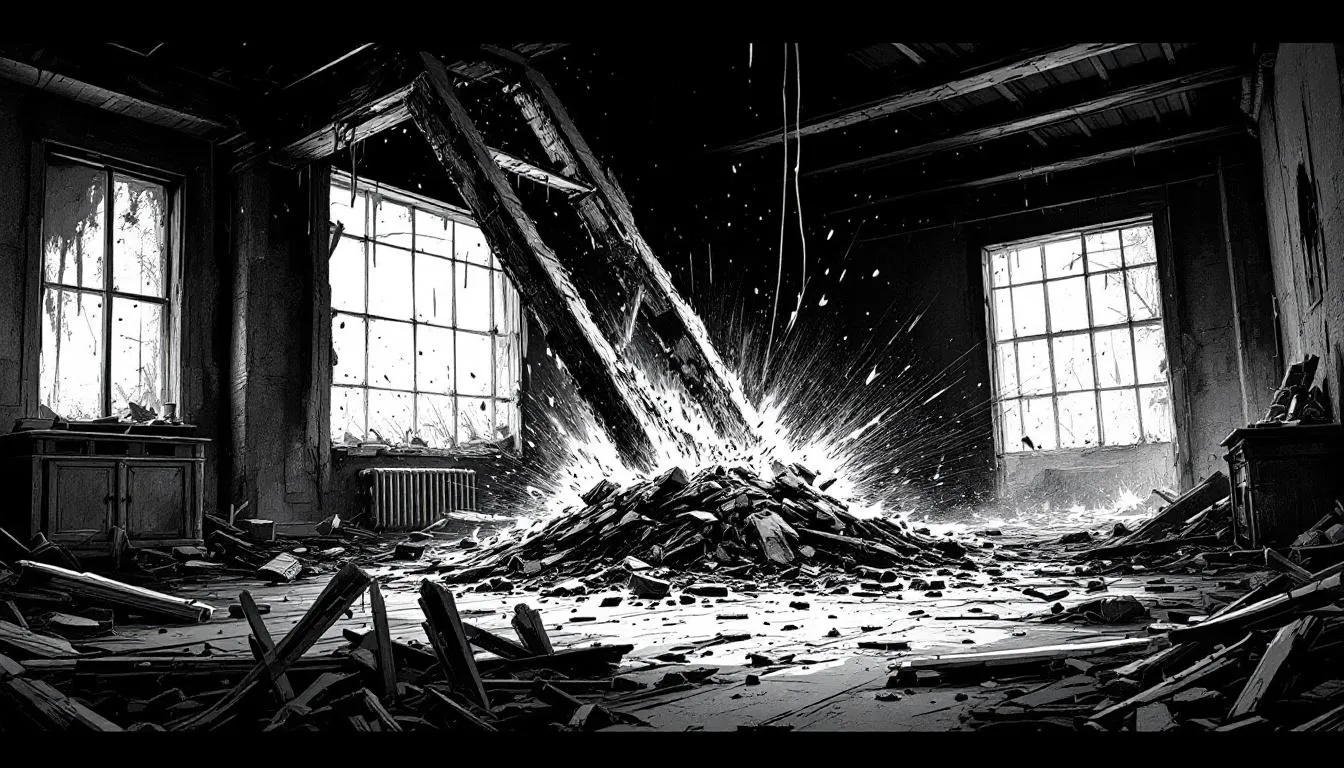
Proper cleaning and decontamination are essential for safety and preparing the home for restoration. Smoke odors can persist long after a fire, affecting air quality and comfort in the home.
The choice of method for removing smoke odors often depends on factors such as the type of soot and the extent of the fire damage. Ventilation, such as opening windows and using fans, enhances air circulation and aids in dissipating smoke odors during cleanup.
Washing fabrics and surfaces with a mixture of vinegar and warm water can assist in removing smoke particles and their associated smells.
Professional Fire Cleaning Services
Hiring professional fire cleaning services ensures the safe and thorough removal of toxic residues that may be hazardous to health. Trained professionals utilize specialized equipment and methods to safely remove smoke and soot from affected surfaces.
These specialized services are equipped to manage hazardous residues like soot and ash that can pose health risks. Expert cleaning services can effectively remove soot and smoke residues, preventing further damage to the home.
DIY Cleaning Tips
For those who prefer DIY fire cleaning, using rubber gloves and a mixture of tri-sodium phosphate with water can help clean soot from surfaces in small areas. Appropriate cleaning solutions can effectively remove soot and smoke from various surfaces without causing additional damage.
These tips can be particularly useful for homeowners dealing with minor home fire damage who want to take immediate action regarding home fires.
Structural Repairs and Rebuilding
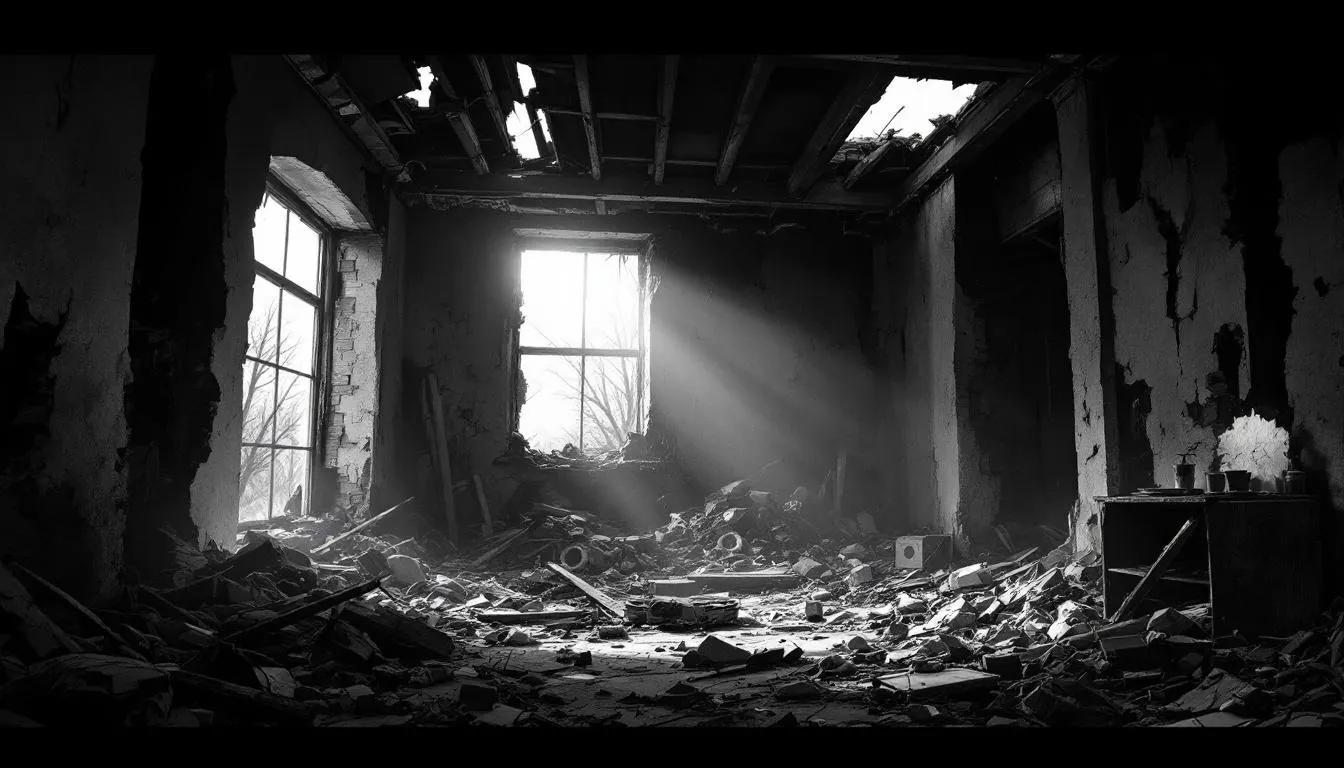
After cleaning and decontamination, the next step in the restoration process is addressing structural repairs and rebuilding. Effective cleaning is crucial because:
It eliminates hazardous residues.
It prepares the structure for restoration.
Thorough cleaning and decontamination prevent health hazards.
It prepares the property for restoration.
Structural repairs typically include replacing compromised elements such as joists and beams to maintain the home’s structural integrity.
Repairing Structural Components
Key structural components must be assessed for damage, focusing on items like load-bearing walls and HVAC systems. Framing, drywall, and insulation must be thoroughly checked and repaired to maintain the home’s structural integrity.
Ensuring that these components are properly repaired is essential for the safety and stability of the home during the rebuilding process.
Upgrading for Fire Safety
Fire safety upgrades during the rebuilding process significantly enhance home safety. These upgrades include:
Utilizing non-combustible materials in construction, such as metal and fiber cement, to improve a home’s resistance to fire.
Installing modern fire-rated materials.
Adding fire suppression systems.
Installing interconnected smoke alarms to enhance safety.
These upgrades are crucial for protecting against future fires and providing peace of mind.
Smoke and Odor Removal
Removing smoke and odors is an essential step in restoring a fire-damaged home to a healthy living environment. Specialized techniques, such as deodorization and advanced chemical treatments, are essential for eliminating smoke odors.
Effective ventilation, achieved by creating a cross-breeze through open windows and using fans, helps reduce smoke odors. Utilizing both advanced odor removal techniques and proper ventilation creates a healthier environment free from persistent smoke odors.
Professional Odor Elimination
Advanced techniques such as thermal fogging and ozone treatments are highly effective for removing deep-set smoke odors. Thermal fogging distributes deodorizing solutions in a fog form, effectively targeting deep-seated odors. Ozone treatments neutralize smoke odors by breaking down odor-causing particles and are an effective professional solution.
Hiring professionals for advanced odor removal is essential to effectively eliminate persistent smoke odors after a fire.
DIY Odor Control Methods
Household items like vinegar and baking soda can help neutralize minor smoke odors. These products can absorb and neutralize smoke odors in minor cases. However, for severe damage, these DIY methods may not suffice.
Addressing smoke odors after a fire is essential for restoring a healthy living environment.
Salvaging and Restoring Personal Items
Salvaging and restoring personal items is a critical part of the recovery process. Professional restoration services can educate homeowners on effective salvaging techniques through programs like the National Heritage Responders. Distinguishing between salvageable and replaceable items is crucial for minimizing losses and recovery costs after a fire.
Items that are extensively damaged or pose health risks should be prioritized for replacement. Homeowners should consider both the sentimental and financial value of items when deciding whether to salvage or replace them.
Restoration Techniques for Personal Belongings
Hard materials like metal and glass typically endure fire damage better than porous items, making them more likely to be salvaged. Washable fabric items can often be restored by promptly laundering them with heavy-duty detergent after removing soot.
Specialized cleaning methods, such as ultrasonic cleaning, can effectively remove soot and smoke damage from delicate items. These techniques can help restore personal belongings and preserve valuable items.
When to Replace Damaged Items
After a fire, it is crucial to evaluate your personal items, including furniture, for any damage that may affect their safety and usability. Plastic items that are heat-warped or smoke-stained should be discarded as they may absorb harmful chemicals and odors, leaving them exposed to further risks.
When deciding to restore or replace items, consider the extent of damage, potential health risks, and restoration costs. Making informed decisions about what to replace can help ensure a safe and healthy living environment.
Emotional and Psychological Recovery
Experiencing a house fire can lead to profound feelings of shock, anxiety, and a sense of loss, impacting overall mental health. Reactions to a fire can range from feeling exhausted and having trouble focusing to experiencing increased frustration and anxiety. It’s crucial to recognize these emotional responses and address them as part of the recovery process.
Emotional and psychological recovery is just as important as physical restoration, helping individuals and families regain their sense of security and reconstruction of normalcy.
Support Groups and Counseling
Professional counseling can help individuals process their emotions and develop effective coping strategies in the aftermath of a house fire. Joining community support groups offers a platform for sharing experiences and receiving encouragement from those who have faced similar challenges.
These resources can be invaluable in helping individuals and families respond to the emotional toll of a fire and start their journey towards recovery.
Coping Strategies for Families
Engaging in activities that focus on gratitude and positive aspects of life can aid in emotional recovery after a loss from fire. Encouraging family bonding through shared activities can help in coping with the emotional aftermath of a fire. Finding ways to honor lost possessions, like creating new traditions, can also aid families in coping with their grief and rebuilding their emotional stability. Here are some approaches:
Engage in activities that focus on gratitude and positive aspects of life.
Encourage family bonding through shared activities.
Find ways to honor lost possessions, such as creating new traditions.
Participating in support groups can provide a communal space for individuals to share their experiences and feelings after a traumatic event.
Working with Insurance Companies
Understanding the specific fire damage coverage in your policy is crucial for a successful claims process. Prompt communication and contact with insurance companies increases the chances of a smoother claims process following an incident.
Professional inspectors can utilize specialized equipment to detect hidden fire damage that may not be visible to the untrained eye. This section will guide you through filing a claim and negotiating settlements, ensuring you receive fair compensation for your losses.
Filing a Claim
It’s important to file your claim as soon as possible after the fire to avoid potential delays in processing. A clear understanding of your policy’s provisions can significantly enhance your negotiating power with the insurance company.
Detailed documentation of fire damage, including photos and inventory lists, will support your claim and facilitate the claims process report.
Negotiating Settlements
Homeowners are not obligated to accept the initial settlement offers made by the insurance company’s adjustors. Hiring a public adjustor can help homeowners negotiate better settlements by representing their interests in discussions with the insurance company.
Being proactive in negotiations can help ensure that homeowners receive fair compensation for their losses. Consider professional assistance to ensure fair settlements during negotiations with your insurance company.
Preventing Future Fires
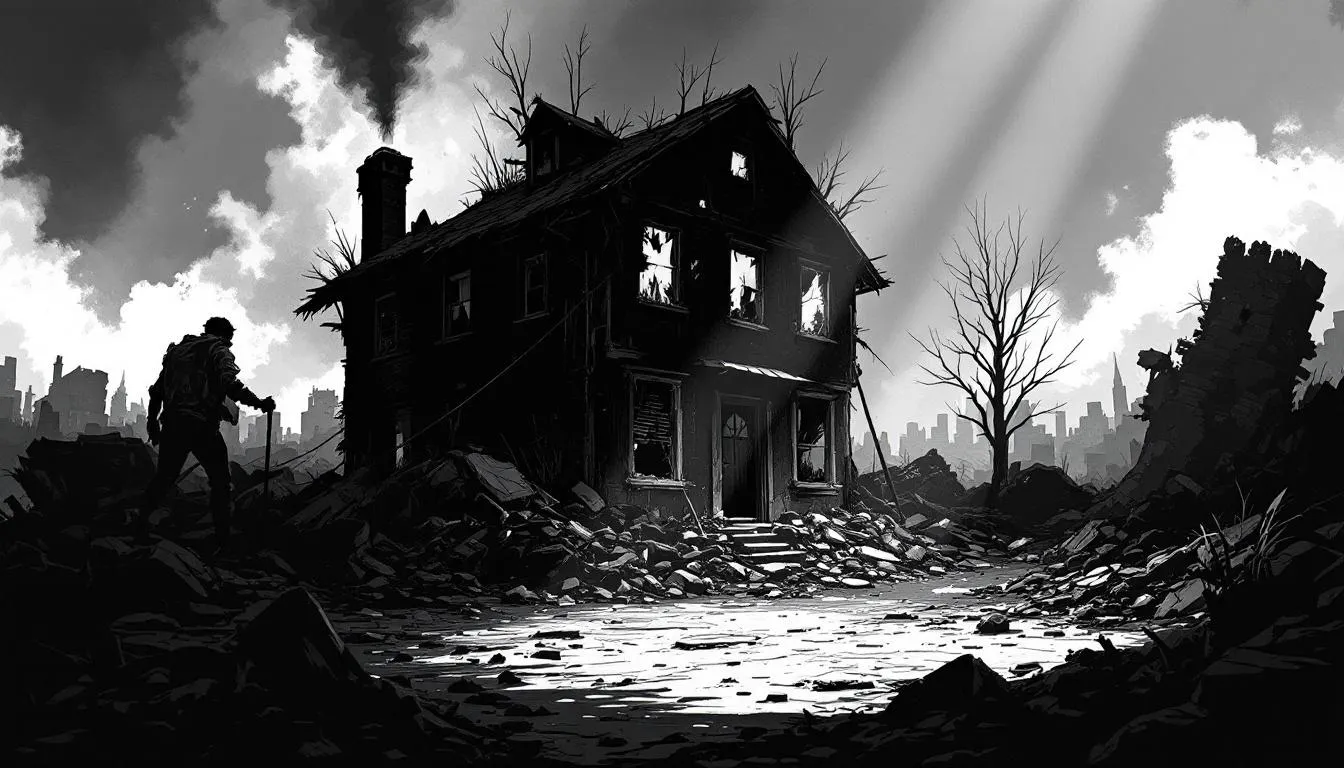
Proper fire restoration involves not just repair but also implementing fire-resistant features to enhance safety. Features that should be built in during repairs to protect against future fire damage include fire-resistant materials.
To reduce fire risks at home, consider the following measures:
Create a defensible space around the home by clearing vegetation.
Perform regular maintenance of heating systems.
Establish a fire safety plan to reduce the likelihood of fire incidents.
Fire Safety Upgrades
Invest in fire alarms, sprinkler systems, and fire-resistant building materials to enhance the safety of your home. Improving safety and providing peace of mind are key advantages of fire safety upgrades.
These investments are crucial for protecting against future fires and ensuring the security of your home and family.
Regular Maintenance and Inspections
Conducting regular maintenance and inspections is essential to identify and address potential fire hazards before they escalate. Regular inspections should include checking smoke alarms, fire extinguishers, and potential sources of ignition throughout the home.
Enhancing fire safety can include upgrades like installing fire alarms, sprinkler systems, and using fire-resistant building materials. Homeowners should create a maintenance schedule that includes routine inspections to ensure fire safety measures remain effective.
Summary
Recovering from a house fire is a multifaceted process that involves assessing damage, taking immediate steps to secure the property, cleaning and decontaminating, and making structural repairs. Emotional and psychological recovery is equally important, as is working effectively with insurance companies to ensure fair compensation. Implementing fire safety upgrades and conducting regular maintenance can help prevent future fires. By following these steps, homeowners can restore their homes and lives, turning a traumatic event into an opportunity for growth and improvement.
Frequently Asked Questions
Why is it important to hire professional inspectors after a fire?
Hiring professional inspectors after a fire is crucial as they can identify hidden fire damage that might not be apparent at first glance, helping to prevent future issues. This thorough assessment ensures that all potential risks are managed effectively.
What should I document for an insurance claim after a fire?
It's essential to take clear photos and detailed notes of damaged areas, as well as maintain a thorough inventory of affected items with their estimated values for your insurance claim. This documentation will support your claim and facilitate the process.
How can I remove smoke odors from my home?
To effectively remove smoke odors from your home, consider advanced techniques such as thermal fogging and ozone treatments, along with ensuring proper ventilation to improve air quality. These methods collectively help eliminate persistent odors for a fresher environment.
What are some effective fire safety upgrades I can make during rebuilding?
To enhance fire safety during rebuilding, focus on using fire-resistant materials, installing fire suppression systems, and ensuring interconnected smoke alarms are in place. These upgrades significantly improve overall safety and reduce fire risks.
How can I cope with the emotional aftermath of a house fire?
Coping with the emotional aftermath of a house fire can be effectively managed through professional counseling, community support groups, and engaging in family bonding activities. These strategies can help you process your emotions and rebuild a sense of stability.
Latest news

Nosy neighbors peeking? T.A.C.T. North Atlanta offers discreet biohazard remediation for rodent infestations, mold, hoarding, and more. Unmarked vehicles, quiet experts, full privacy—24/7 service at 470-781-4775.
Read More